|
I compiled this definitive list with two very simple rules: a) The items mentioned below should be available to members of the paying - and no doubt occasionally insane - public b) To qualify, the thought of each dish should make my stomach swill over, my throat seize up, my nose twitch, and my eyes rattle. This list demonstrates that we will devour whatever we are culturally conditioned to consume, and whatever creature with the distasteful misfortune to be around us if we are hungry. Presenting my global menu for those of iron will and titanium gut: The Sour Toe Cocktail Lets begin in the Yukon Territory, in the long-past-its-boom town of Dawson City. The Downtown Hotel bar serves up a drink of straight whiskey, with added flavouring from a real life severed human toe. A big, gnarly one too, shrivelled and yellow, with the nail still on. I joined the Sour Toe Cocktail club, and to qualify, the toe must touch your lips. I can still feel it today, like a pickled, phantom limb. Everyone gets the same toe, and in the past, some toes have been swallowed. Feeling icky yet? Just wait… Balut Duck can be delicious, and eggs can be delicious, so why does it get nasty when you mix the two together? Balut, a popular delicacy in the Philippines, is a fermented duck egg, that is, an egg with a crunchy, sometimes feathery baby duck inside. You peel the shell, slurp up the embryonic fluid, add some salt, and bite hard into the crispy mushy goodness. Apparently, balut goes down really well with cold beer. Slugging back a few bottles might make this gourmet treat go down better, and for that matter, up again too. Deep Fried Hairy Spiders Personally, I just didn’t have the stomach for arachnoids when I was travelling by bus through Cambodia. A popular roadside snack, the large spiders are eaten in big bites, or pulled apart, leg by leg, and consumed like French fries. Black bug juice dribbles down the chin as you reach the best part of meal, the pincers and the bulbous back. All the poison is removed when the spiders are fried, and apparently the appeal lies in its crunchy-chewy texture. Along came a spider, and sat down beside her, and so Muffin just ate the damn thing. Ox Penis Soup Let us just be grateful that, due to conservation laws and human evolution, it’s no longer Tiger Penis Soup. Some Chinese restaurants serve up this delicacy, known for its mythical and powerfully arousing properties. The broth is serviceable, but the reality of eating ox or deer penis is that it tastes like a hard, impossibly chewy sponge. Tourists wishing to partake in this dish may find themselves forced to spit it out, or swallow it whole. Fermented Shark (Hákarl) Moving over to Iceland now, where they like their sharks rotten, stinky, and air-dried out for 5 months. Oozing the odour and taste of powerful ammonia (think urine-scented cleaning products), hákarl is an acquired taste, even in Iceland. Celebrity chef Gordon Ramsay puked on it, a common reaction for first-timers, who are advised to hold their nose to avoid detecting the disgusting stench they’re about to put in their mouths. Those who eat it are associated as being strong and brave, although I mostly just felt queasy. As someone appalled by the shark fin trade, I reckon anyone who eats the fins of these increasingly endangered fish should be forced to try this Scandinavian delicacy first. Cats and Dogs Widely condemned by the West and pet owners everywhere, it’s a sad fact that Fluffy and Fido are still on the menu in parts of Asia. Breeds of dog are raised specifically as food, and as a friend of mine will testify, having adopted and therefore saved one such puppy from the roast, they remain viciously tempered. Dog has been eaten in China for thousands of years, and the meat is famed for medicinal properties. Meanwhile, Singapore’s Strait Times reports that up to 10,000 cats are eaten every day in the Chinese province of Guangdong. Brings a disturbing new meaning to the concept of “cat food”. Hug your Fluffy and Fido a little closer tonight. Escamoles I’m back, and in the mood for a little insect caviar! In Mexico, escamoles refers to the larvae of the giant, particularly ferocious Liometopum ant. Its eggs are collected from agave plants, spiced, and served in tacos. Escamole has a cottage cheese texture, and a buttery finish. I’ve eaten ants and termites in various jungles, and they taste surprisingly like walnuts. Perfect for anyone into nuts, or just plain nuts too. Casu Marzu Those who have read this far, and therefore possessed of iron guts, will appreciate the hop over to Sardinia Italy, where we can spread some thick sheep’s cheese onto a slice of toast. Only problem here, it’s been purposely allowed to rot and gather maggots, which adds to the soapy, writhing texture. Next time you have a cheese and wine soiree, think maggots! Three Squeak Dish By now, I hope you’re warmed up for the really gross stuff. Although not everyone is convinced this exists, it's just too sick to make up (or leave off this list). Supposedly served in some remote parts of Asia, the Three Squeak Dish is a plate served with three pink, freshly born baby mice. The first squeak is when you pick them up with chopsticks. The second is when you dip them in soy sauce. You can guess what the third squeak is. Apparently they’re easy to chew because the bones have not hardened yet. Excuse me. I have to go to the bathroom now. Honorary Mentions: Lutifisk is a fish Norwegian weapon of mass culinary destruction. Laos Snake Whiskey is sold with farm-bred cobras at the bottom, some with scorpions for extra zing. We should also leave room for cockroaches, haggis, and cuy (deep-fried guinea pig). And how can I forget my delicious fruit bat stew in beautiful New Caledonia? Fruit bats ready for the stewing in New Caledonia Re-assuredly, deep fried guinea pig does not taste like chicken.
0 Comments
In a while, crocodile. Cango Wildlife Park, South Africa I have entered a cage four times to stare into the eyeballs of four famously dangerous creatures that one is strongly advised – and I cannot emphasize this enough - not to stare into the eyeballs of. Psychologists could unpack a fascinating study behind the motivations of people who choose, willingly and with good money, to get close to animals like sharks, crocodiles and lions. Not that such a study has ever been commissioned, since scientists of all ilk are currently laundering lab coats for more pressing concerns. Since we live in an age of misinformation, I may as well just invent one. According to global peer reviewed research study (*that was neither peer-reviewed, researched nor studied), thousands of people choose to cage-dive with dangerous animals because:
Curiously, 63% of these non-existent participants said they harboured a deep and unexplainable fear of the above-mentioned animals, and 12% said they only signed up having felt guilty for entering the booking office with the sole intention of using the toilet. Whatever floats your boat, and that's where we'll begin, bobbing off the east coast of South Africa on the lookout for man-eating Great White Sharks. Since they are widely known for bearing progressive and egalitarian natures, the Great Whites eat women too. Nice fishy: Mossel Bay, South Africa When I entered the cage, I was still between the teeth of the shark phobia that had plagued me since watching Jaws on a hotel movie channel as a 6-year-old on his first beach holiday. Fast forward a few decades, and I’d seen far better movies which highlighted the vital role sharks play in the eco-system, the horrific carnage behind their hunting for shark-fin soup, and their overall misunderstanding within popular culture. Fact is (and this is a real fact): Sharks are amazing. If they wanted to eat people, hundreds of us would be attacked every day, all around the world. In reality, you have more chance of struck by lightning or drowning in a bathtub (this is also true). I jumped into the cage, and had a life-changing experience with a rather large great white who could have attacked me from beneath (where the thick cage inexplicably and unnervingly morphed into a wire-hangar-thin mesh). From that moment, I resolved to learn how to scuba dive, and have since shared an underwater, cage-free space with sharks from Hawaii to the Papua New Guinea. That first cage dive truly changed my life for the better. If you insist and persist on eating shark-fin soup, please look at yourself in the mirror, then jump out a high window. Millions of sharks needlessly massacred each year will thank you. Swimming with Salties: Crocosaurus Cove, Australia. Crocodiles are an entirely different beast. For starters, they simply want to eat you. No curiosity here, no meeting of creatures or confusion because you look like a seal. To a crocodile, we look like lunch, which is why they quickly surrounded me in the pool. At Cango Wildlife Ranch in South Africa, I entered a steel cage and was lowered into a pool. At Crocosaurus Cove in Darwin, northern Australia, I was inside a cylindrical Perspex tube with a few too many croc teeth scrapes for comfort. The Nile and Saltwater dinosaurs that decided I looked too delicious to pass up bumped me around a bit, their large orange reptilian eyes gazing deep into my soul. 17% of our fictional survey participants mentioned they enjoyed the sensation of feeling like prey. I, for one, did not. While my shark cage encounter made me want to dive with (admittedly less fierce) sharks in the wild, the croc cages left me twitchy about the Crocodile Warning signs I later encountered at popular swimming holes outside of Darwin and in tropical north Queensland. The mere thought of saltwater crocs patrolling the coast keeps locals off the beaches, and one taxi driver told me about a pet dog that ran to the beach, jumped into the water, and was promptly gobbled up by a lurking croc. According to a BBC Report, the best tip for surviving a crocodile attack is to avoid getting attacked. That's one helpful report, I don't know what we'd do without it. Somewhere in Bohol, Philippines. The Burmese python acting as a living sofa above was a roadside in attraction I passed somewhere in the Philippines. Entering its cage seemed like something to do. Once I was seated, I started questioning what on earth they could be feeding this thing. The answer, I hoped, was not dumb tourists who enter snake cages at roadside attractions Lions 360 at Monarto Zoo, South Australia Finally, I should mention that I once got into a cage surrounded by hungry lions. Inspired by shark cage dives, the Monarto Zoo in South Australia offers a Lions 360 experience, with feeding time for the zoo’s female pride coinciding with lucky tourists paying a little extra to be in a caged enclosure. The lions, which roam in a very large space that resembles the African bush, get to walk on the cage feet above your head, and close enough for you to smell their aroma, breath, and, if you’re in the wrong place at the wrong time, their urine. My daughter was five years old at the time, and the lions paid special attention to her, recognizing our group’s weakest link. As well fed as they were, I had little doubt they would have gladly added a curly-haired dessert to their carefully monitored intake of horse (or perhaps kangaroo) meat. For further insight, here's a little video of Lions360 that I made about that experience. Lions, crocs, snakes, sharks…getting close to dangerous wild animals is always memorable, especially when you’re in an environment designed to ensure you’ll live long enough for the memories. I’ve had close encounters in the wild with hippos (which kill far more people than crocs in Africa), grizzly bears, polar bears, piranha, elephants, orca, cheetahs, baboons, snakes, scorpions, spiders, and far too many mosquitoes (which kill many, many more people each year than any of the above). Every experience left me in awe of nature and the creatures we share this planet with. Except the mosquitoes. Those bastards just left me itchy.
I'm posting this from the domestic airport in Buenos Aires in early December, and like the Christmas decorations are up. This got me thinking: How is Christmas celebrated around the world? Never one to let a question go unanswered, let's begin in: Japan Japan has only a small percentage of religious Christians, but many Japanese enjoy the spirit of gift-giving and decorating home and stores in tribute to the seasonal festivities. Instead of Santa Claus, Japanese children look to a legendary Buddhist monk named Hotei-osho, known for bringing children gifts, and making sure they behave. Ethiopia Ethiopia’s calendar differs from our western calendar, which is why they celebrated the year 2000 seven years after we did, and why Christmas takes place on January 7th. They also have a different clock, but that’s another story. Christianity in the country dates back to the 4th century AD, and its famous rock churches were built as a new Jerusalem by Ethiopian kings. The Xmas church ceremony has three rings of prayer: men and boys sit inside a ring of women and girls, with a choir on the outside circle. Candles in hand, worshippers also walk around the church three times during mass. Instead of turkey dinners, traditional feasts involve injera (the pancake-like bread of Ethiopia) and various stews and curries. Scandinavia Many North American Xmas traditions derive from Scandinavia, with Santa Clause living in Greenland or Finland, depending on whom you speak to. Millions of people have written letters and posted it to Santa’s address, just outside of Rovaniemi on the Finnish Arctic Circle (write to: Santa Claus' Main Post Office, Santa Village, FIN-96930 NAPAPIIRI). Yuletide has always had special significance in the Scandinavia, where traditions were formed to hold off the dark, cold days of winter. The Yule log was an entire tree, fed into the fire over the course of the winter, with much ceremony. In Finland, Xmas dinner is preceded by a visit to the sauna to bathe and clean for the meal. Candles are important throughout the region as a means of ushering in the warmth of light during a dark time of year. Bulgaria The Bulgarian Christmas Eve dinner consists of 12 courses, with each course representing a month of the year. Made with nuts, beans, vegetables and sweets, no meat is served. Tradition has the family seated on straw, and sitting down and getting up at the same time. In the past, boys and single men would visit houses singing carols for the health of the families (and maybe the eye of a maiden too). Brazil Around the country, in churches, homes and shops, many Brazilians set up nativity scenes called Presèpio, named after the bed of straw Jesus slept on in Bethlehem. Father Christmas is known as Papa Noel, flying in from Greenland to pass out gifts, dressed in silk because it’s too hot to be robed in furs. Religious Catholics head to Missa do Galo, the midnight mass named after the rooster that announces the coming day. Even the streets of Rio de Janeiro are quiet on Christmas Eve, as families gather for their Ceia de Natal feast. Like most days in Rio, Christmas Day is a perfect time to hit the beach. Philippines The only major Christian nation in Asia also celebrates its Misa do Galo, a tradition dating to its Spanish occupation. Unlike Brazil however, this mass takes place nine days before Christmas, and involves reading the story of Jesus. On Christmas Day, masses are held hourly so that everyone has a chance to attend. Pastore are plays based on the birth of Christ, performed at many religious services. Children go carolling for tips and treats and setting off fireworks, with another tradition being the making of lanterns, a symbol of the guiding star. Xmas dinner involves a lavish feast, often started after midnight when the family returns from midnight mass. Russia The inspiration of Santa Claus, St Nicholas, holds a special place in the heart of Russians. Revered as a saint since the 11th century, his name adorns many churches, and is commonly passed onto Russian boys. During the communist era, the role St Nick was transformed into Grandfather Frost, enabling traditions to be kept without antagonizing the atheist principles of the time. Similarly, Christmas trees became New Year’s Trees, although both traditions have reverted with the fall of the Soviet Union. Russians also talk about Babouschka, a woman who roams the countryside in search of Christ, giving gifts to children as she does so. Eastern Orthodox Russians customarily fast until after the first church service on Christmas Eve, and their feast contains no meat. One traditional dish is called kutya, a sweet porridge symbolizing hope and happiness, eaten from a common dish. Vietnam Christians are a minority in Vietnam, but Christmas is celebrated as one of the four major holidays of the year (along with New Year, the Buddha’s birthday, and the mid-autumn festival). Jesus Christ is known as Kito, and Christmas is a big cause for celebration, although this was not always the case. During communist rule, Christmas was relegated to the home and was not the public spectacle. As the country modernized and liberalized, Xmas has returned with a bang, with the usual lights and decorum proudly displayed throughout cities, shops, villages and homes. Merry Christmas, Happy Hanukkah, and all the best for the silly season!
|
Greetings.
Please come in. Mahalo for removing your shoes. After many years running a behemoth of a blog called Modern Gonzo, I've decided to a: publish a book or eight, and b: make my stories more digestible, relevant, and deserving of your battered attention. Here you will find some of my adventures to over 100 countries, travel tips and advice, rantings, ravings, commentary, observations and ongoing adventures. Previously...
July 2024
Categories
All
|

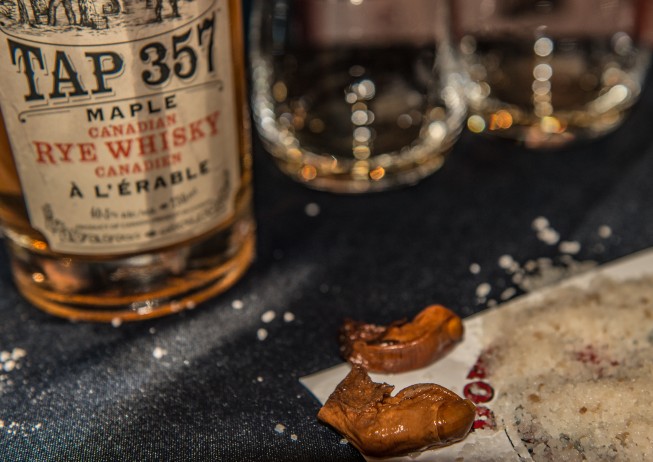
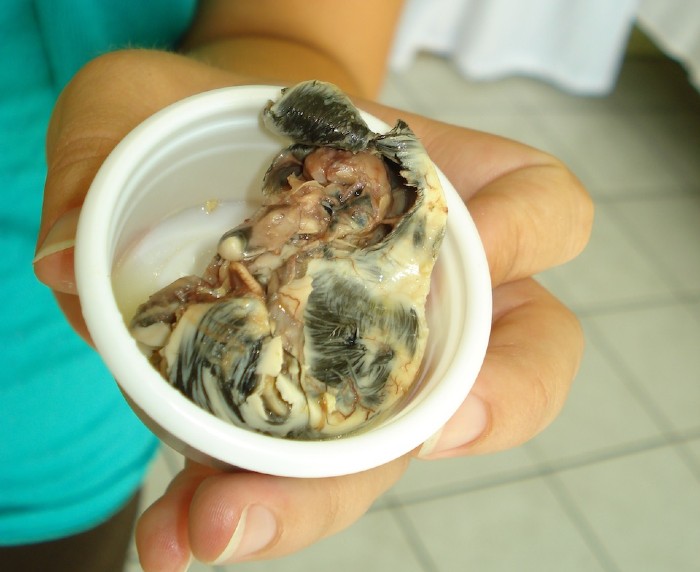
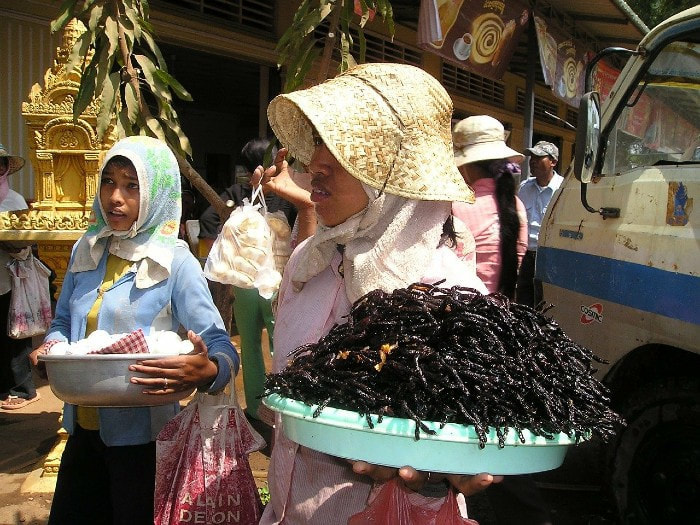
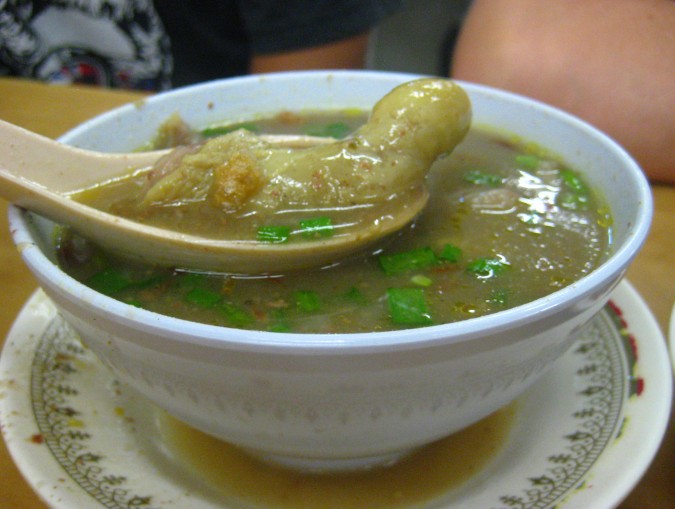
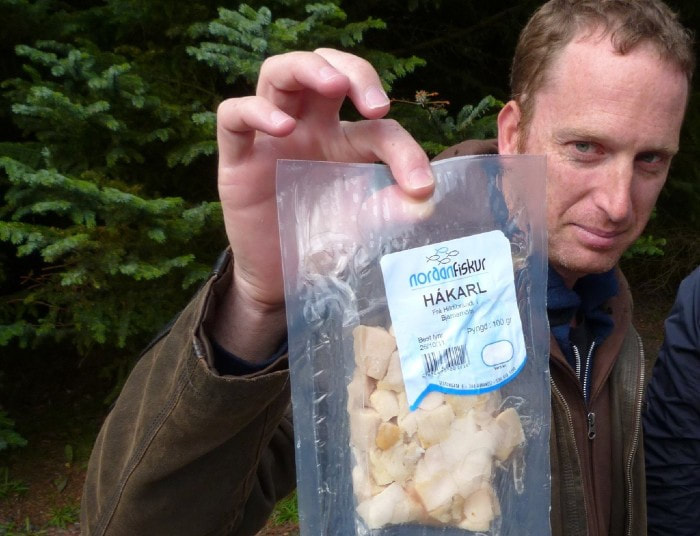

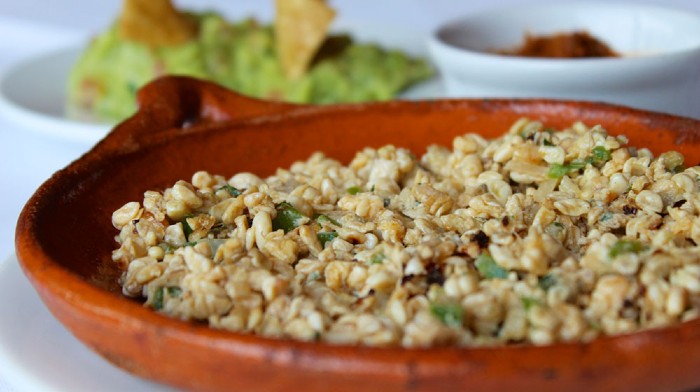

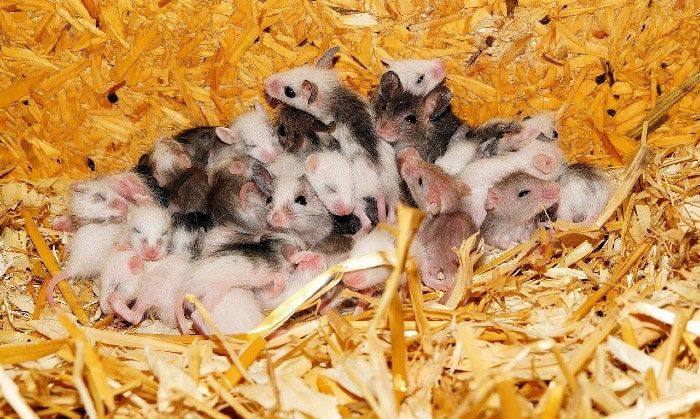
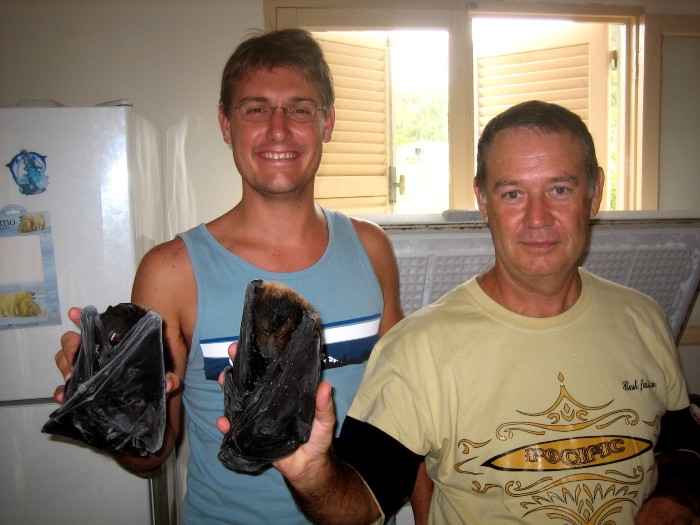
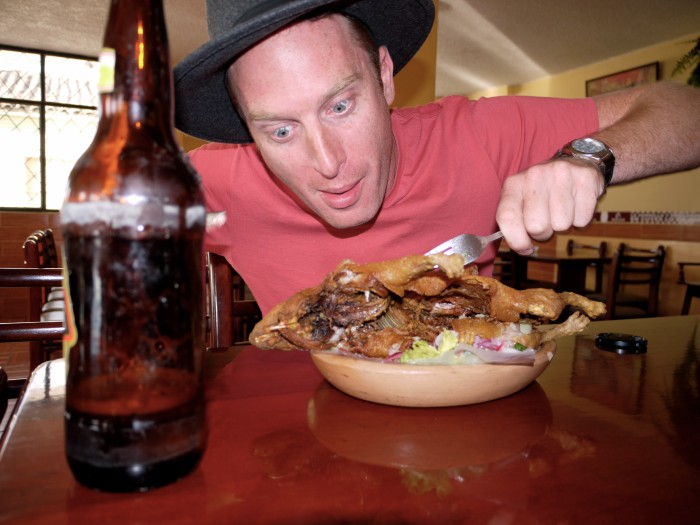
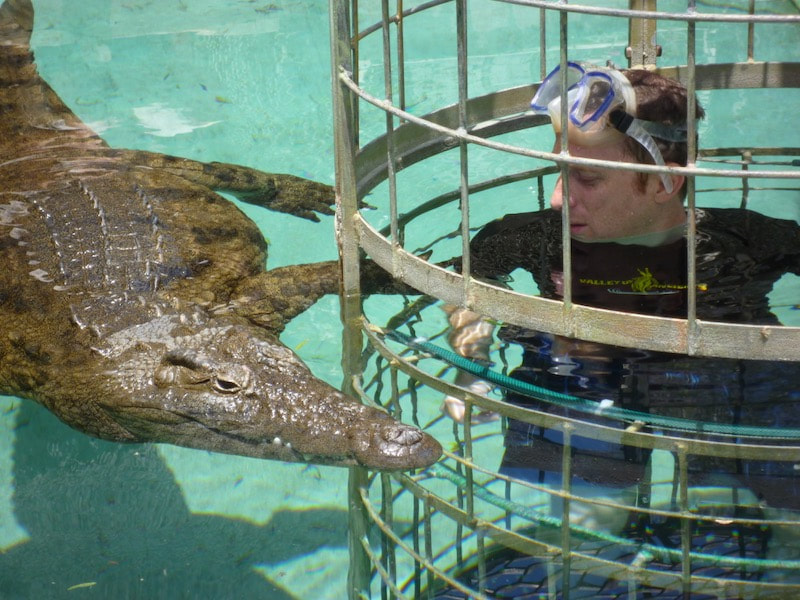
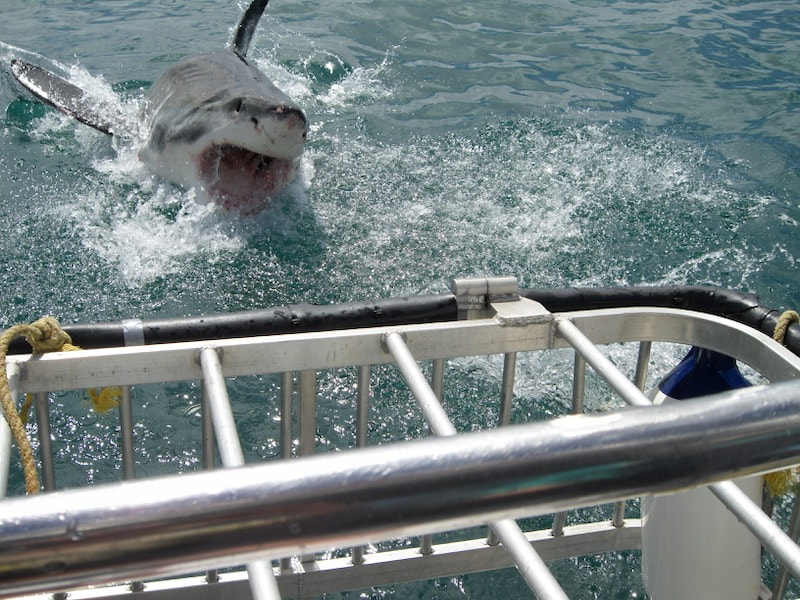

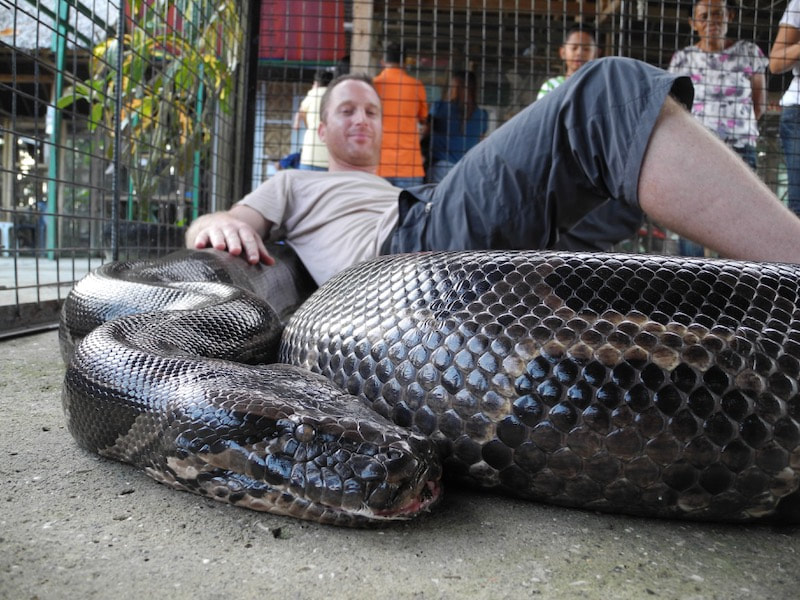

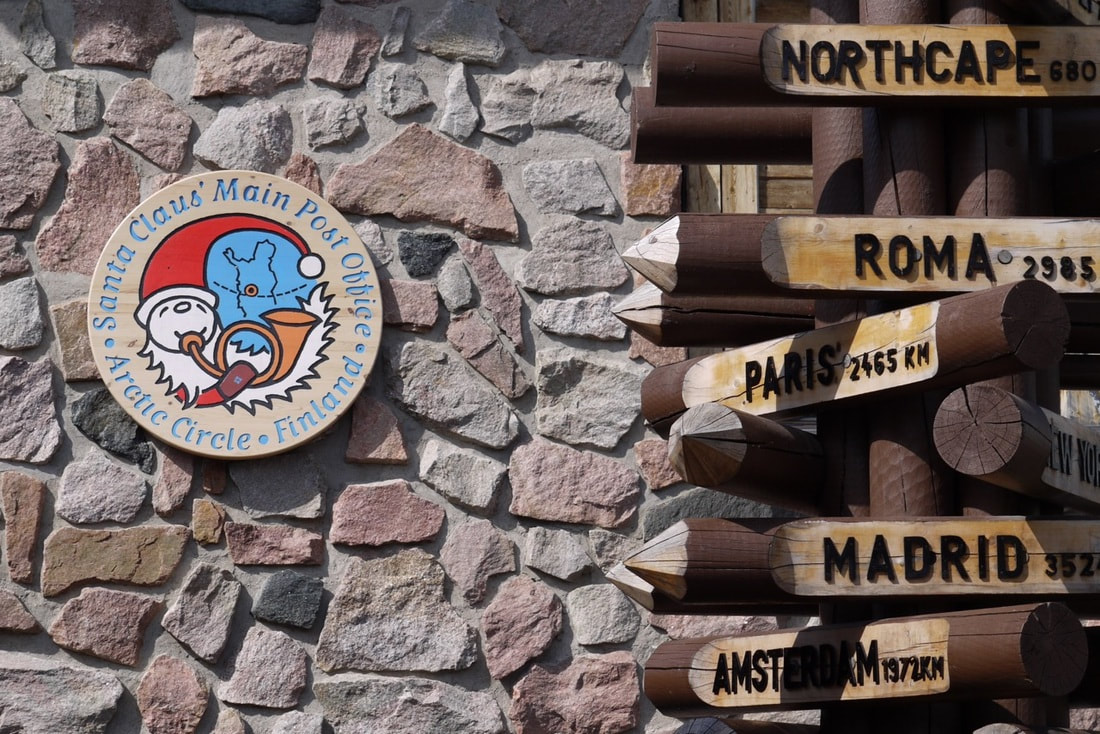
 RSS Feed
RSS Feed

